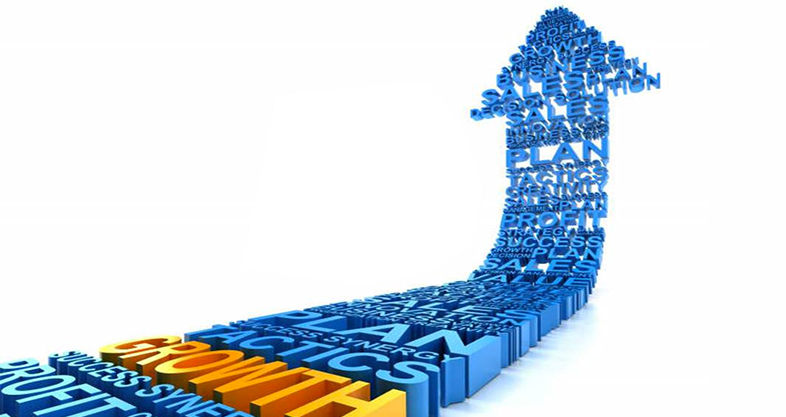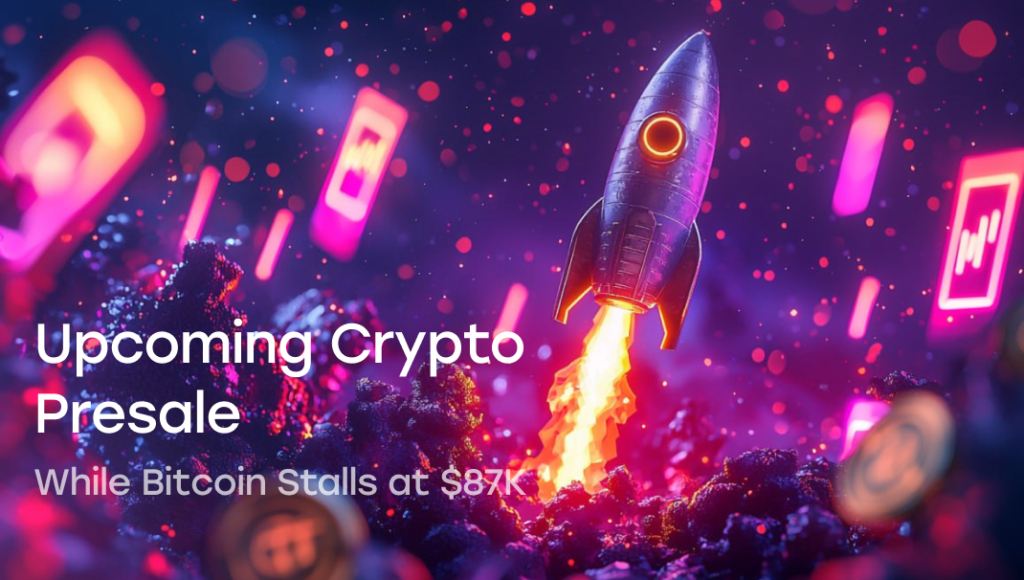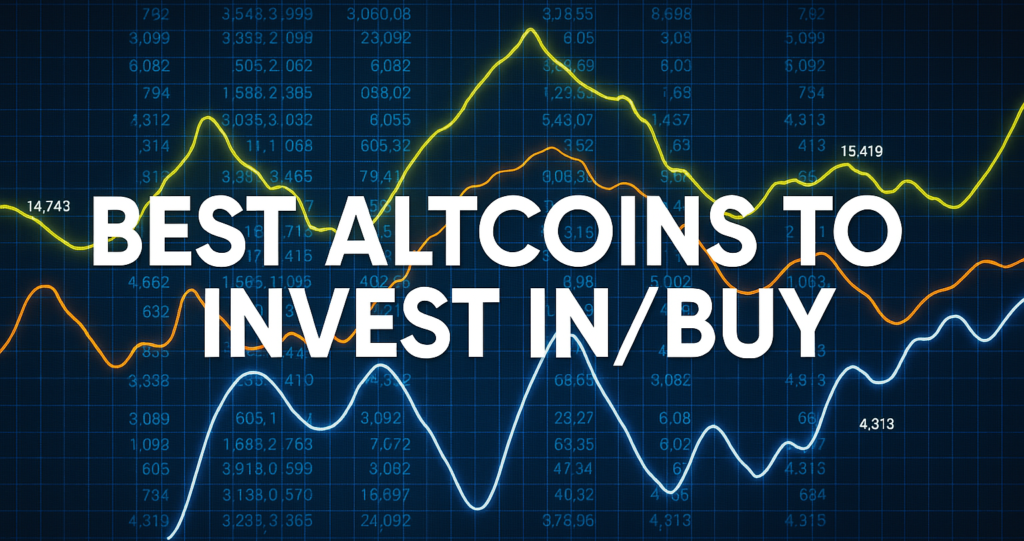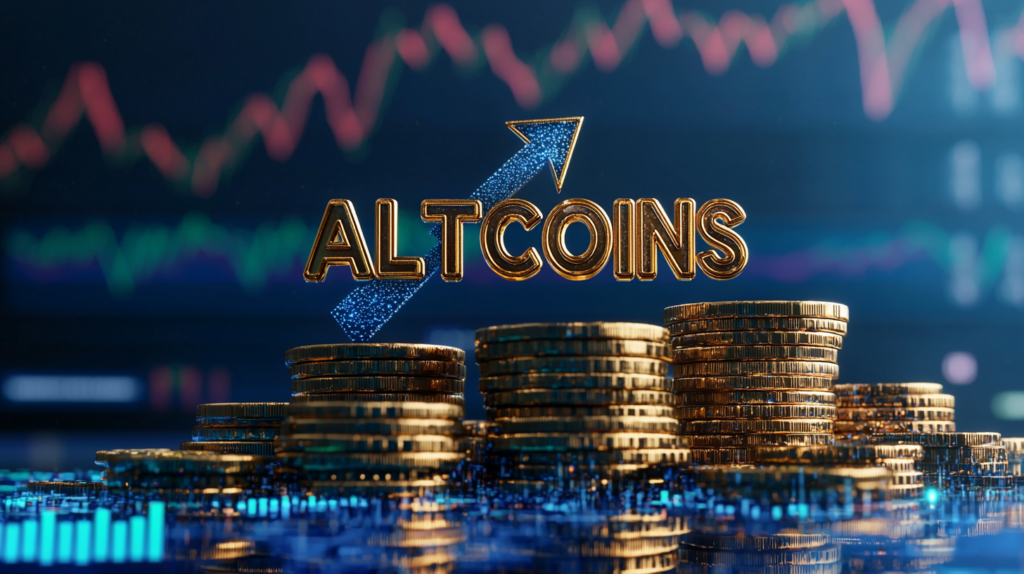share
NFTs, or non-fungible tokens, have taken the crypto market by storm. As stated by DappRadar, the NFT market started to recover in the first quarter of 2023 alongside the crypto market. NFT sales reached $4.7 billion in total by the end of the first quarter of this year. However, with so many NFTs flooding the market, new projects often struggle to stand out and attract buyers. This is where NFT promotion strategies come into play. In this article, we will shed light on the five key phases of a successful NFT promotion campaign and highlight the key features of a successful project. Remember that each phase should be taken equally seriously, as each one is crucial to a sellout.
Phase 1: Twitter Engagement Farming
First off, it’s about engagement farming, and there’s no better place to start than Twitter. This step is crucial as you’ll need the audience you will build here during the following promotion phases. If you don’t amass a solid following here, consider the whole endeavor failed. This phase typically lasts for about one week, and its goal is to build an organic reach.
During the farming phase, anything goes. You’ve gotta involve influencers, advertising, and just about anything to get folks coming in. Spare no expense on retweet campaigns, Twitter ads, shoutouts, shills, and whatever else helps spread the word. The goal is to draw as many users as possible and get them interacting with your tweets. Beware, however, that as of this writing, Twitter doesn’t allow for advertising crypto and NFT projects. The good part is that you still have a window of about three to four weeks until your ads get classified and rejected – and that should be enough time to spread the word.
Make sure you come up with punchy, in-your-face captions and irresistible call-for-actions. The CFAs should be clearly visible and impossible to miss. Make it clear that any engagement with the tweets (likes, retweets, etc.) will be considered for whitelisting. The NFT cult classic ‘Bored Ape Yacht Club,’ for instance, absolutely nailed its Twitter engagement farming campaign by offering a free NFT to anyone who followed, retweeted, and tagged their friends.
Phase 2: Discord Launch
The second phase is the Discord release, which typically happens at the end of the first week. During this phase, project leaders announce the launch of the Discord channel and redirect the Twitter audience there. The point is to sell your audience on the sense of exclusivity and keep them enticed about joining the channel. Make the channel closed and announce that beforehand. This will create an air of exclusivity, which will, in turn, boost the perceived value of your NFTs and make the followers pay maximum attention the entire way through.
Phase 3: Quantum Growth, aka Twitter/Discord Grooming
The third phase is quantum growth, typically lasting two to five weeks. Discord is superhot with NFT communities as it allows for more direct communication between project leaders and community members. Whereas Twitter is more like a storefront for announcements and posts, Discord is more of a hangout spot where your project becomes 3D. Here, you could throw a contest or flashmob, offering whitelist privileges and freebies as a reward to all participants. If the audience is active enough, this will generate tons of social proof (user-generated content, posts, and reposts), which will, in turn, boost your visibility and credibility. People from the outside will see that there’s a big thing going on and will want to participate.
Some surefire tricks include
- Fan art contests
Challenge your followers to paint their world in your colors and share the results. For example, paint themselves or their pet as one of the characters from your collection. Make sure to provide unique hashtags and offer killer bonuses to the participants.
- Invite contests
The ‘bring a friend – get a freebie’ formula never fails. In NFTs, it goes on steroids, as you can offer freebies, WL features, and other bonuses for invites. Make sure to create a tiered invite system and raise the bar as certain invite numbers are reached.
- Giveaway bots
Another win-win promotion strategy is to launch a giveaway. The formula is pretty simple: launch a giveaway announcement and tell your followers to engage with the post – react, comment, repost, etc. The giveaway bot will automatically choose the winners at the end. The selection could be either random or criteria-based.
To keep the audience excited and invested, you should always present the project’s achievements as their merit. Hitting certain milestones and/or counts – for example, 5,000, 10,000, and 15,000 subs – should always be trumpeted about as the biggest thing in existence and something that would not have been possible without ‘you, awesome people.’ Folks need to feel like they’re part of something big and awesome, and thanking them is one right way to cement their bond with your collection.

Phase 4: Maturing
The fourth phase is the maturing of the audience for the project, which typically lasts from 4-6 weeks. At this stage, the focus is on attracting smart buyers, aka NFT traders, flippers, or sweepers. They’re the ones making the volumes on the NFT market, and they’re always on the lookout for new and interesting NFT projects to hop into.
Consider this the actual launch phase of your project, as you’ll need to attract flippers immediately and let them know that your collection is worth trading off the bat. Their end goal is to find NFTs that could bring maximum profit. If they see that your project is on fire with activity and your NFTs are changing hands – they’ll know they’ve come to the right place.
Smart buyers look for:
- Whitelist potential
- Hype and big numbers
- Community buzz & big collabs
- Trustworthiness
This is achieved by creating a sense of exclusivity and scarcity around the project. Projects can also attract smart buyers by offering prospects for obtaining WL through collaboration and building hype around the project. Other whales discussing the project can also help to attract smart buyers.
Phase 5: Building trust
The last phase is about keeping the community yearning for mint and making them feel like they’ve made the right choice by staying with you. During this phase, you’ve got to post things that would convince the audience of your credibility. For example, you can release the project’s website two weeks before the start of the mint, list on a big NFT aggregator some days before the mint, host AMAs, and make big announcements and collabs.
Phase 6: Mint
The final phase is the mint collection, which typically happens in week 6. During this phase, the NFT is made available for purchase. The only real concern here is the technical side of things – the stability and safety of your social media accounts and crypto wallets. The success of the mint collection depends on how well the project has executed the previous four phases. Remember: all of the phases described above are equally important, and if you omit one, your project will never take off.
Key Selling Points for an NFT Project
Now that we have discussed the five phases of NFT promotion, let’s take a closer look at the key features of a successful NFT collection launch.
The first feature is social proof. Social media should be rocked with posts, tweets, and other content that generates buzz and excitement around the project. The CryptoPunks NFT project is a great example of that. The project made a lot of noise on social media, with people sharing their CryptoPunks and discussing the project online. This helps to create a sense of community around the project and attracts more buyers.
The second feature is exclusivity. The NFT should be offered to a limited and select circle of people, creating a sense of exclusivity and desirability. This can be achieved by offering early access to certain buyers or creating limited edition NFTs. The Bored Ape Yacht Club (BAYC) NFT project is a prime example of exclusivity. The project offered early access to certain buyers and created a limited number of NFTs, which in turn made their collection highly sought-after. This helps to drive up the value of the NFTs and attract more buyers.
The third feature is scarcity. Create the appearance of scarcity by limiting the number of NFTs available for purchase or creating a time-limited window for buyers to make their purchase. Look at The Pudgy Penguins NFT project as an example. The project limited the number of NFTs available for purchase and created a time-limited buying window. This created a sense of urgency and scarcity of the NFTs, which helped to drive up the value – both perceived and monetary.
The fourth feature is utility. NFTs should have some useful and preferably unique value. This could include giving a percentage of income to the holder, granting access to exclusive content, or offering other perks that make the NFT more valuable. The Axie Infinity NFT project is a great example of utility. The project allows players to earn cryptocurrency by playing games and breeding Axis. This gives the NFTs real-world value and makes them more appealing to buyers of all kinds.
Finally, creating a sense of great value is important. This can be achieved by showcasing the unique features of the NFT, highlighting its rarity and exclusivity, and creating a compelling story around the project. The Bored Ape Kennel Club (BAKC) NFT project is a great example of creating a sense of great value. The project created a compelling story around the NFTs, highlighting their rarity and exclusivity.
In conclusion, NFT promotion is a critical component of any successful project. By following the five phases outlined in this article and weaving these key features into your campaign, your project can make a hit in the crowded NFT market and attract smart buyers looking for the next big thing.









